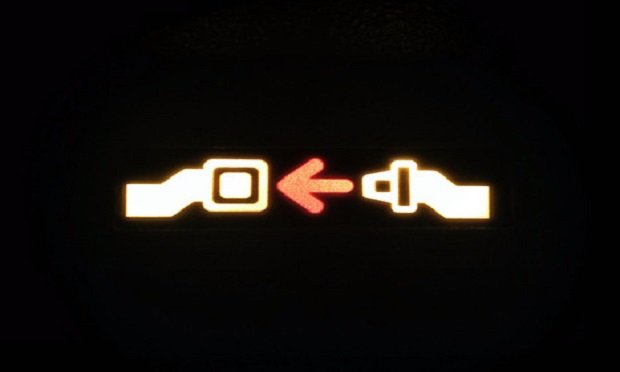 The National Highway Traffic Safety Administration (NHTSA) has requested comments to amend Federal Motor Vehicle Safety Standard (FMVSS) that will require a seat belt use warning system for rear seats. (Photo: Shutterstock)
The National Highway Traffic Safety Administration (NHTSA) has requested comments to amend Federal Motor Vehicle Safety Standard (FMVSS) that will require a seat belt use warning system for rear seats. (Photo: Shutterstock)
Federal regulators should amend vehicle safety standards to require a visual display that alerts the driver when passengers in the rear seats are not wearing their seat belts, the Insurance Institute for Highway Safety and the Highway Loss Data Institute said in a recent regulatory comment.
The National Highway Traffic Safety Administration (NHTSA) requested comments on whether to require rear seat belt reminders in a possible update to vehicle safety standards.
Recommended For You
Want to continue reading?
Become a Free PropertyCasualty360 Digital Reader
Your access to unlimited PropertyCasualty360 content isn’t changing.
Once you are an ALM digital member, you’ll receive:
- Breaking insurance news and analysis, on-site and via our newsletters and custom alerts
- Weekly Insurance Speak podcast featuring exclusive interviews with industry leaders
- Educational webcasts, white papers, and ebooks from industry thought leaders
- Critical converage of the employee benefits and financial advisory markets on our other ALM sites, BenefitsPRO and ThinkAdvisor
Already have an account? Sign In Now
© Touchpoint Markets, All Rights Reserved. Request academic re-use from www.copyright.com. All other uses, submit a request to [email protected]. For more inforrmation visit Asset & Logo Licensing.








